Heating and air conditioning systems are pivotal in providing comfort in homes and workplaces, regardless of the weather conditions outside. Understanding how these systems work, their usage, and what they cost can help you make informed decisions. This article delves deep into the mechanics of heating and air conditioning, offering insights into their functionality, usage, and financial implications.
Table of Contents:
– What is heating and air conditioning?
– How do heating and air conditioning systems work?
– How to use heating and air conditioning systems
– How much does heating and air conditioning cost?
– Top heating and air conditioning systems
What is heating and air conditioning?
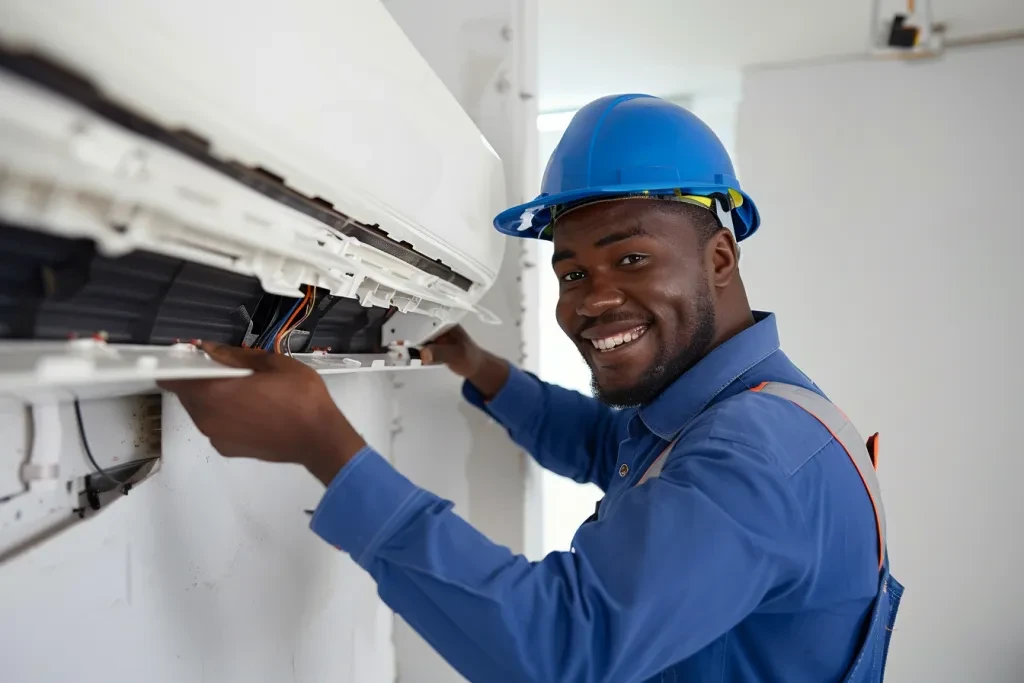
Heating and air conditioning systems are designed to maintain indoor comfort by regulating temperature, humidity, and air quality. These systems range from central heating and cooling systems, which can heat or cool entire buildings, to smaller, room-specific units. Heating systems can include furnaces, boilers, and heat pumps, while air conditioning systems might comprise of central air conditioners, window units, and portable air conditioners. The primary goal of these systems is to provide a comfortable indoor environment, regardless of the external weather conditions.
How do heating and air conditioning systems work?
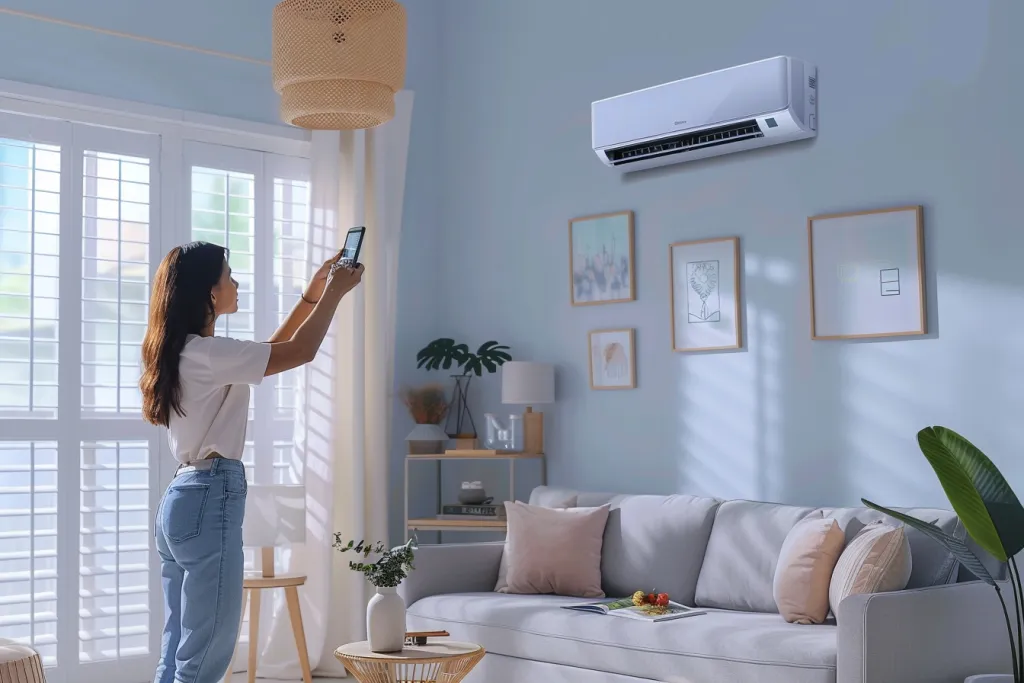
Heating and air conditioning systems operate on the principles of thermodynamics, fluid mechanics, and heat transfer. A central heating system typically works by generating heat through combustion in a furnace or by electrical resistance, and then distributing this heat throughout the building via a network of ducts. Air conditioning systems, on the other hand, remove heat from indoor air using a refrigeration cycle. This process involves a refrigerant absorbing heat from the indoor air, then releasing it outdoors, thus cooling the indoor space. Both systems use thermostats to regulate the temperature, maintaining the desired comfort level.
The technical intricacies of these systems are fascinating. For instance, modern air conditioners use a cycle involving compression, condensation, expansion, and evaporation. The compressor increases the pressure and temperature of the refrigerant, which then flows through the condenser coil where it releases heat to the outdoors. Afterward, the refrigerant passes through an expansion valve, reducing its pressure and temperature before entering the evaporator coil. Here, it absorbs heat from the indoor air, cooling it before the cycle repeats.
How to use heating and air conditioning systems
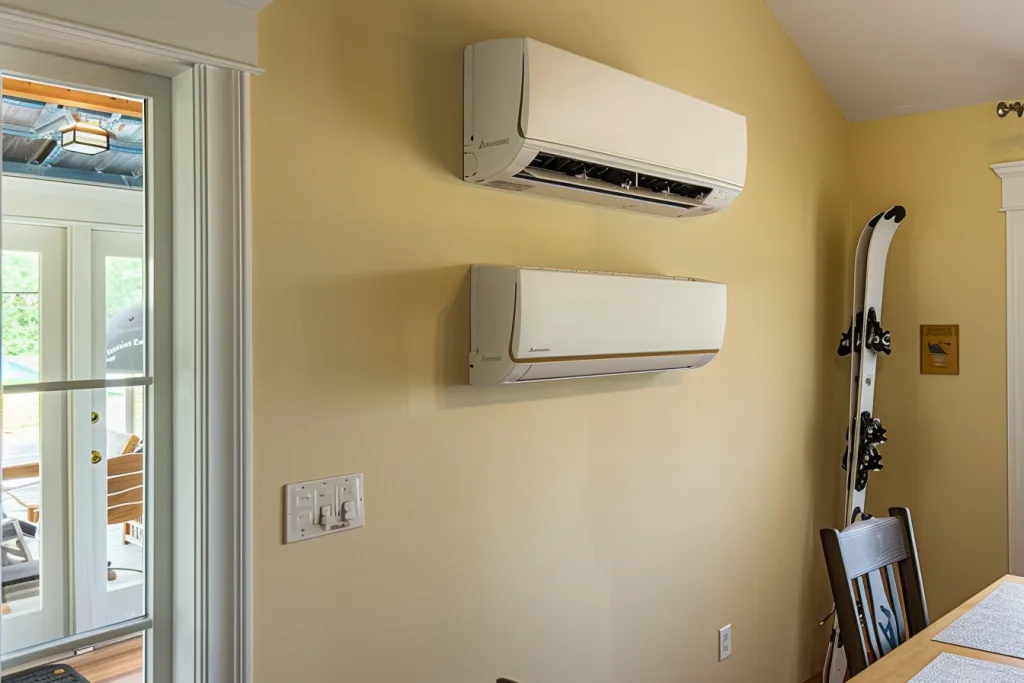
Using heating and air conditioning systems efficiently can save energy and reduce costs. It’s essential to set your thermostat to a comfortable yet energy-efficient temperature; typically, 68°F (20°C) for heating and 78°F (25.5°C) for cooling. Utilizing programmable thermostats or smart home systems can further enhance efficiency by adjusting the temperature based on your schedule and preferences. Regular maintenance, such as cleaning or replacing filters, checking ductwork for leaks, and ensuring that outdoor units are free from debris, is crucial for optimal performance and longevity of the systems.
Moreover, understanding the specific features of your system can lead to better usage. For example, many modern air conditioners have a “dry mode” that reduces humidity without significantly lowering the temperature, ideal for humid but not overly hot days. Similarly, some heating systems can modulate their output based on the current temperature, providing more consistent warmth and reducing energy consumption.
How much does heating and air conditioning cost?
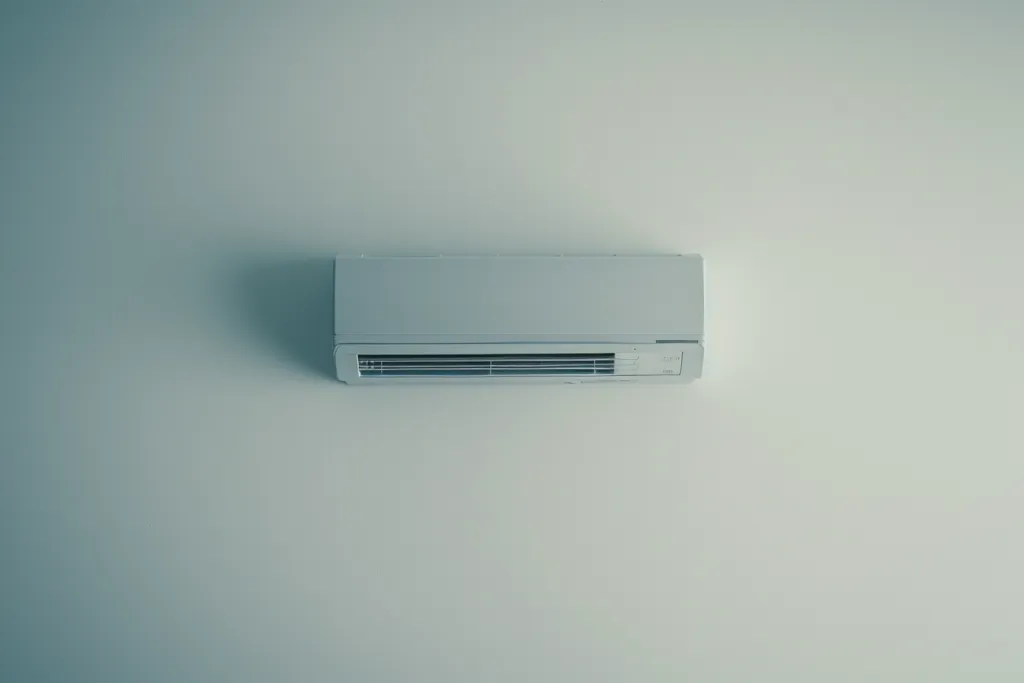
The cost of heating and air conditioning systems varies widely based on the type, size, efficiency, and installation complexity. On average, installing a new central air conditioning system can range from $3,000 to $7,000, while a new furnace might cost between $2,500 and $6,000. These prices can increase for high-efficiency models or for systems that require extensive ductwork modifications. Operating costs also depend on the system’s efficiency, the local climate, and energy prices. Investing in high-efficiency systems and performing regular maintenance can significantly reduce these ongoing costs.
Furthermore, many governments offer rebates or tax incentives for installing energy-efficient systems, which can help offset the initial investment. It’s also worth considering the long-term savings; although high-efficiency systems may have a higher upfront cost, they often lead to lower utility bills, which can result in savings over the system’s lifespan.
Top heating and air conditioning systems
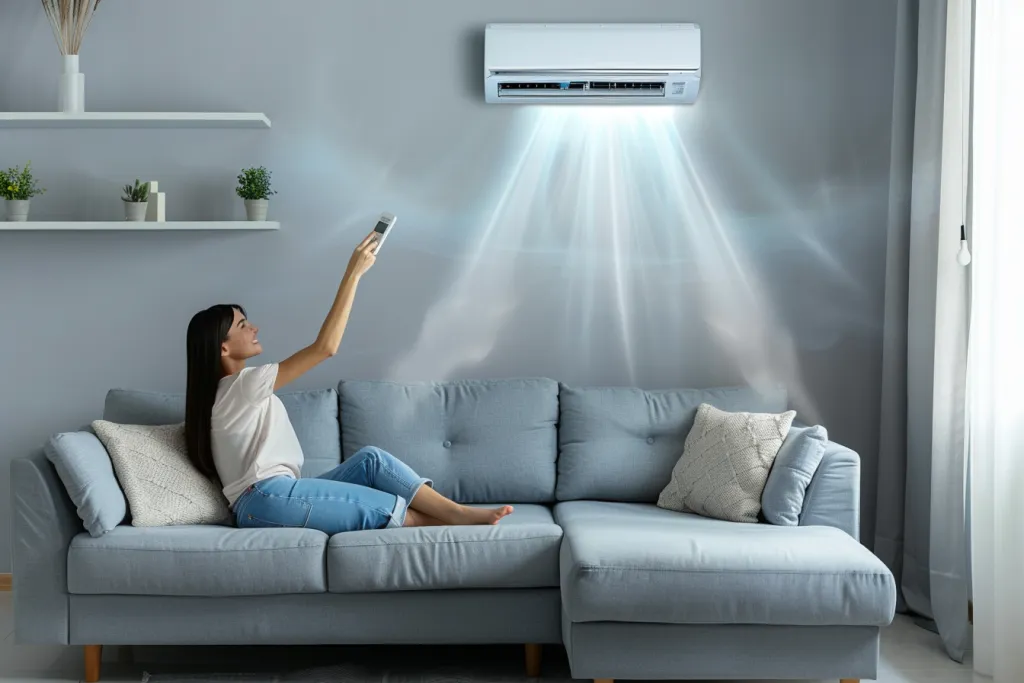
When it comes to selecting a heating or air conditioning system, several top contenders stand out for their efficiency, reliability, and user satisfaction. Brands like Carrier, Trane, and Lennox are renowned for their high-quality air conditioning units, offering a range of options from basic models to high-efficiency, smart-enabled systems. For heating, brands like Rheem, Goodman, and Bryant offer a variety of furnaces and heat pumps designed to meet different needs and budgets. It’s essential to consider factors such as the system’s SEER (Seasonal Energy Efficiency Ratio) rating for air conditioners or AFUE (Annual Fuel Utilization Efficiency) rating for furnaces when making a decision.
Choosing the right system involves considering your specific needs, such as the size of the space to be heated or cooled, local climate conditions, and energy costs. Consulting with a professional HVAC contractor can provide personalized recommendations based on a detailed assessment of your home or building.
Conclusion:
Heating and air conditioning systems are indispensable for ensuring indoor comfort throughout the year. By understanding how these systems work, how to use them efficiently, and what they cost, you can make informed decisions that enhance comfort while minimizing expenses. Whether you’re installing a new system or optimizing an existing one, considering the top options and maintaining your system properly can lead to significant benefits in terms of comfort, energy efficiency, and cost savings.




